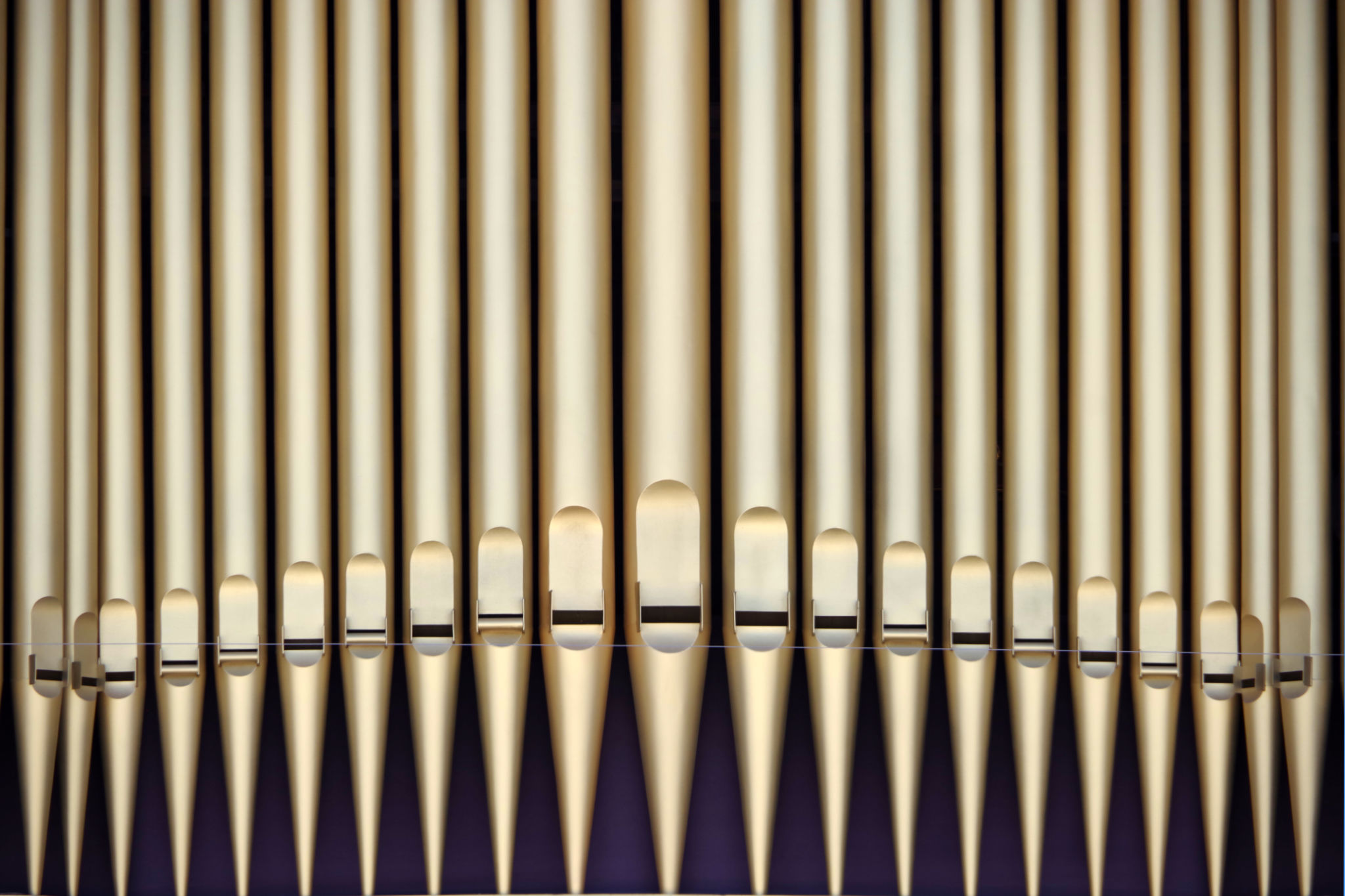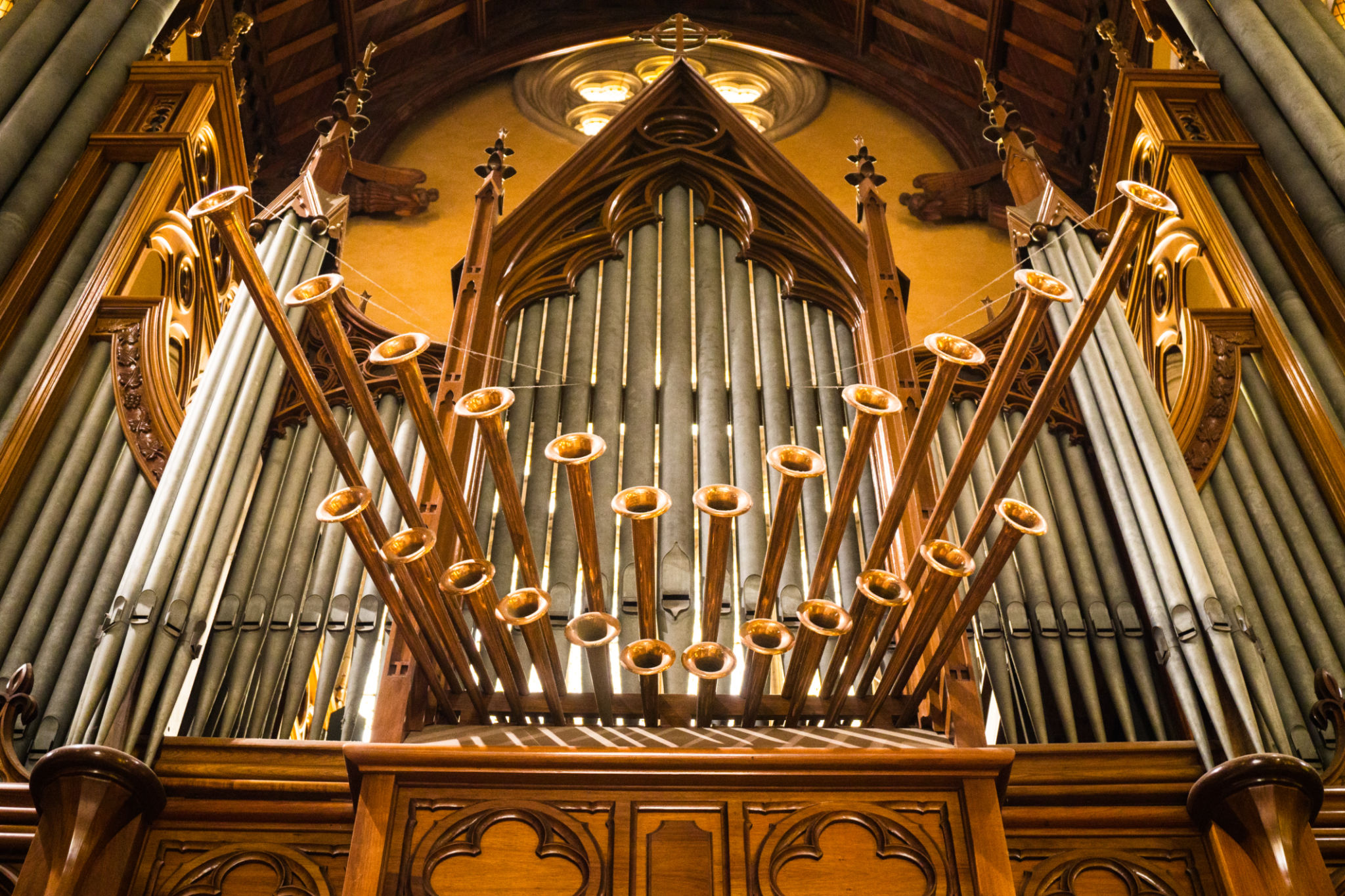From Bach to Present: The Evolution of Pipe Organ Music
The Origins of Pipe Organ Music
The pipe organ, often referred to as the "king of instruments," has a rich history that dates back over a thousand years. Originating in ancient Greece with the hydraulis, a water-powered instrument, the organ gradually evolved into the majestic instrument we know today. The introduction of bellows in the medieval period marked a significant advancement, allowing for more powerful sound production.
By the time Johann Sebastian Bach emerged in the 18th century, the organ had become a staple in church and court music across Europe. Bach’s compositions for the organ are considered masterpieces, combining intricate musical patterns with profound emotional depth. His works remain a benchmark for organ music, influencing countless composers who followed.

Bach's Influence and Legacy
Johann Sebastian Bach's influence on pipe organ music is undeniable. His compositions did not only showcase technical brilliance but also a deep understanding of the instrument's capabilities. Bach's pieces, such as the famous "Toccata and Fugue in D Minor," are celebrated for their dramatic impact and complexity.
After Bach, the Baroque period saw a decline in the popularity of organ music due to changing musical tastes and the rise of new keyboard instruments like the piano. However, Bach's legacy endured, providing a foundation for future composers to explore new musical horizons.
The Romantic Revival
The 19th century witnessed a revival of interest in organ music during the Romantic period. Composers such as Felix Mendelssohn and César Franck began to explore the expressive potential of the organ, composing works that emphasized its ability to convey deep emotion and grandeur. This era saw innovations in organ construction, including the addition of more stops and improved pedalboards, which expanded the instrument's range and dynamic capabilities.

During this time, organs were increasingly installed in concert halls, allowing more people to experience their powerful sound beyond religious settings. This shift contributed to the organ's resurgence in popularity and its integration into secular music.
The 20th Century and Modern Era
The 20th century brought further evolution to pipe organ music, with composers such as Olivier Messiaen pushing boundaries through experimentation with harmony and rhythm. His works often incorporated themes of nature and spirituality, reflecting a modernist approach that expanded the traditional scope of organ music.
Technological advancements also played a role in shaping modern organ music. The development of electronic organs and digital sampling opened new possibilities for composers and performers, allowing them to recreate the sound of traditional pipe organs in any setting.

Contemporary Innovations
Today, pipe organ music continues to thrive, with contemporary composers exploring new styles and influences. From jazz-infused compositions to avant-garde experiments, modern organists are redefining what is possible with this ancient instrument. The resurgence of interest in authentic period performances has also led to a renewed appreciation for historical organs.
Organ music festivals and competitions around the world celebrate this rich tradition, bringing together musicians from diverse backgrounds to share their interpretations and innovations. The versatility and timeless appeal of the pipe organ ensure its place in both classical and contemporary musical landscapes.
The Enduring Appeal of the Pipe Organ
The evolution of pipe organ music from Bach to the present day reflects a journey of creativity and innovation. As technology continues to advance and musical tastes evolve, the pipe organ remains a symbol of musical excellence and cultural heritage. Its ability to inspire awe and emotion ensures that it will continue to captivate audiences for generations to come.

Whether in grand cathedrals or intimate concert halls, the pipe organ's majestic sound continues to resonate with listeners worldwide. As new generations of musicians take up the mantle, they carry forward a legacy that has spanned centuries, bridging past traditions with future possibilities.
